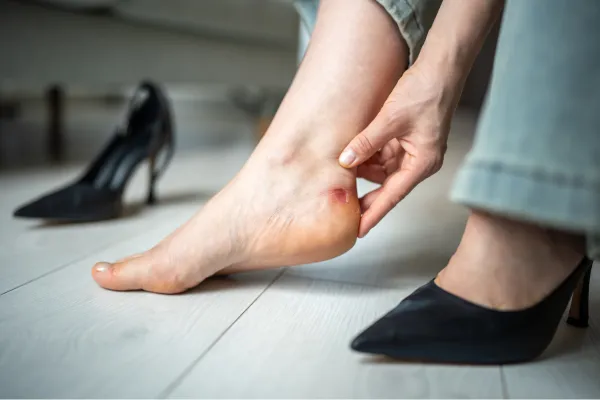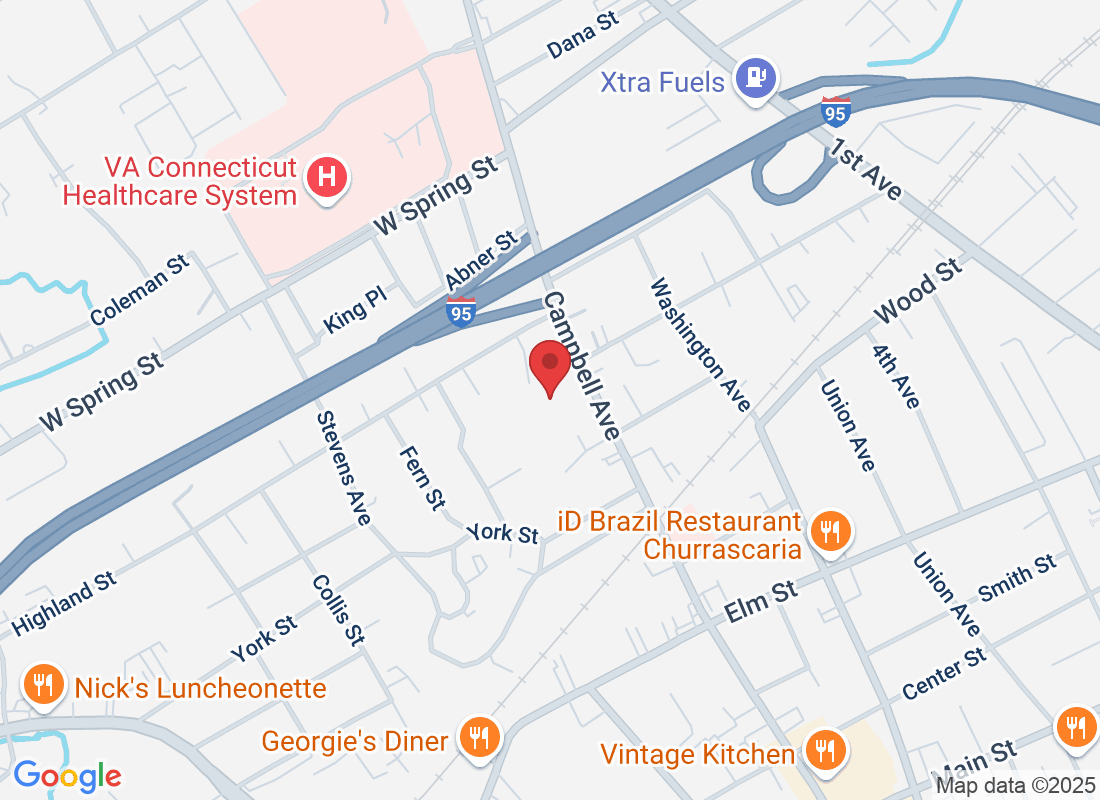Tips & Advice From West Haven Foot and Ankle Center

Are My Shoes Causing My Foot Pain? Here's How to Tell
Sometimes foot pain doesn’t come from a big injury or medical condition—it starts right under your toes, literally. The shoes you wear every day might be hurting your feet more than you realize.
At West Haven Foot and Ankle Center, we see this all the time: patients walk in with aching feet, sore heels, or burning toes, and after a quick look at their footwear, we know exactly what’s going on.
Let’s talk about how to tell if your shoes are the problem, and what you can do to feel better fast.
Shoes Can Make or Break Your Feet
Think of your feet like the foundation of a house. If the foundation is off, the whole structure can suffer. Wearing the wrong shoes—even just for a few hours a day—can throw off your alignment, stress your joints, and lead to all kinds of foot and ankle problems.
Red Flags Your Shoes Might Be Causing Pain
Here are some signs your shoes could be doing more harm than good:
🚩 They’re Too Tight or Too Loose
Shoes that squeeze your toes can cause bunions, hammertoes, and nerve irritation.
Loose shoes make your feet slide, leading to blisters, instability, and overuse injuries.
🚩 They Don’t Offer Support
Flat shoes like flip-flops or unsupportive sneakers offer no arch or heel support.
Over time, this can lead to plantar fasciitis, heel pain, or arch strain.
🚩 You Feel More Pain After Wearing Them
If your feet hurt more after a day in certain shoes, that’s a clue they’re not helping.
Pay attention to pain in the ball of the foot, arch, heel, or outer edges.
🚩 The Soles Are Worn Unevenly
Check the bottoms of your shoes. If they wear down unevenly, your gait may be off—and your shoes aren’t helping you walk properly.
🚩 They're Just Old
Even good shoes wear out! Running shoes typically need to be replaced every 300–500 miles.
If the cushioning is gone, it’s like walking on cardboard.
Common Conditions Made Worse by Bad Shoes
Wearing the wrong shoes can trigger or worsen:
Plantar fasciitis
Bunions
Morton’s neuroma
Stress fractures
Tendonitis
Flat feet or collapsed arches
As a foot doctor in West Haven Connecticut, Dr. Lazarus often sees patients who could’ve avoided months of pain just by switching shoes or getting proper support early on.
How to Choose Foot-Friendly Shoes
Not all feet are built the same, so not all shoes should be either. Here's what to look for in a shoe that keeps your feet happy:
Fit
Try shoes on later in the day when your feet are naturally more swollen.
Leave about a thumb’s width between your longest toe and the end of the shoe.
Make sure the toe box isn’t squeezing or crowding your toes.
Support
Look for built-in arch support and firm heel counters.
Avoid shoes that fold easily in the middle or twist like a towel—these don’t support your arch.
Cushioning
Choose shoes with shock-absorbing soles and good padding under the heel and forefoot.
Activity-Specific Design
Walking shoes are not the same as running shoes.
If you stand all day at work, get shoes designed for that purpose.
Bonus Tip: Custom Orthotics Can Make Good Shoes Even Better
Sometimes even the best shoes need a little help. Custom orthotics—designed specifically for your feet—can add the right balance, support, and comfort to reduce pressure and prevent injury.
At our clinic, we create custom orthotics in West Haven that fit right into your everyday shoes, helping you move comfortably and confidently again.
Still Not Sure If Your Shoes Are the Problem?
We’re happy to help. Bring your shoes with you to your appointment at West Haven Foot and Ankle Center. We’ll check the wear patterns, look at your gait, and see how your footwear may be affecting your foot health.
A quick visit could save you months of pain—and help you walk out smiling.
Ask West Haven Foot and Ankle Center And Their Team
Fill in the form to request a call from our team. One of our team members will call you for FREE and answer any questions or concerns you may have about your condition
Where To Find West Haven Foot and Ankle Center

If you have any questions before scheduling an appointment or for general inquiries, please use the contact us button below. Our team will promptly reach out to assist you.
Opening Hours
Monday: 8am - 5pm
Tuesday: 8am - 5pm
Wednesday: Closed
Thursday: 8am - 5pm
Friday: 8am - 5pm
Saturday: Closed
Sunday: Closed

